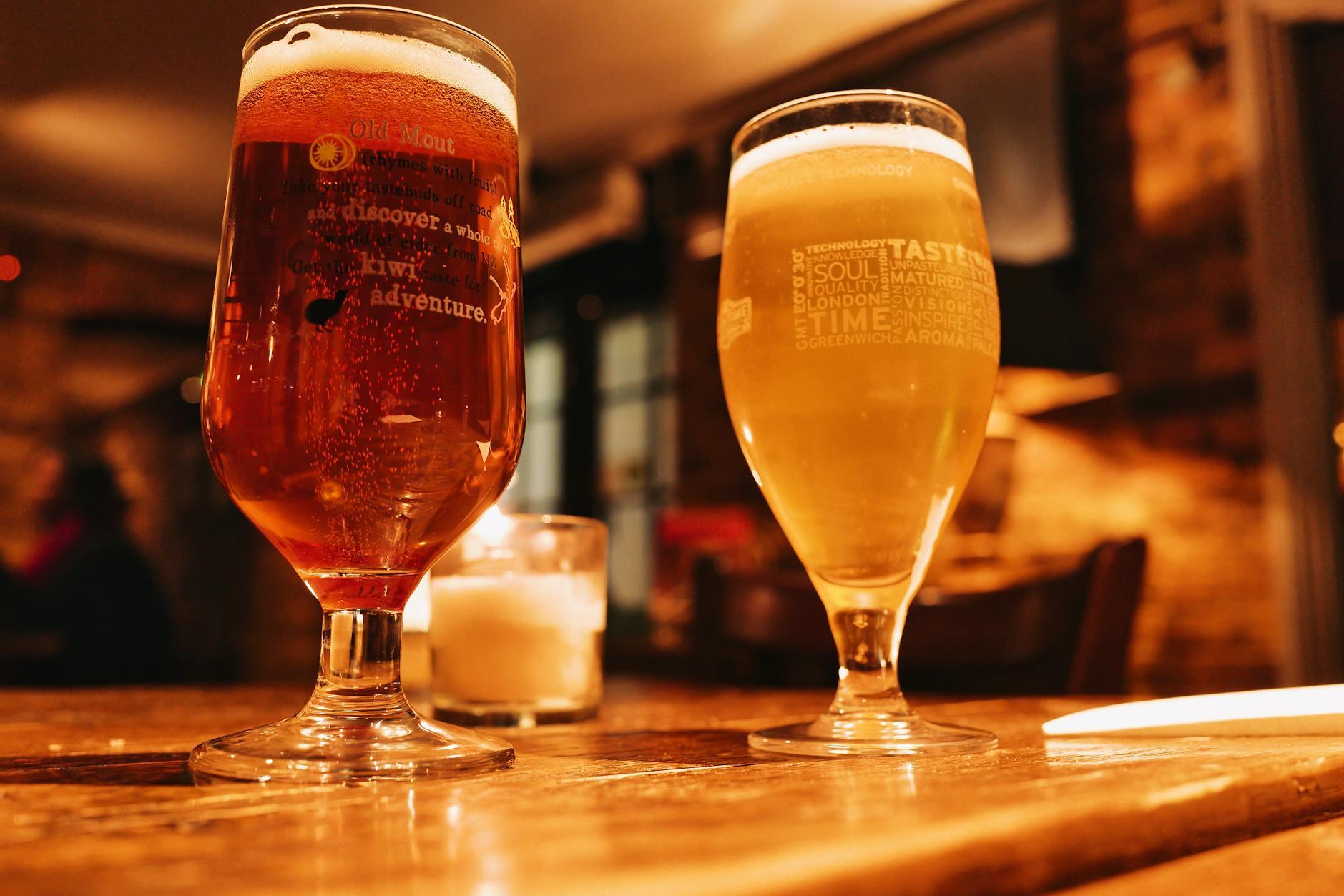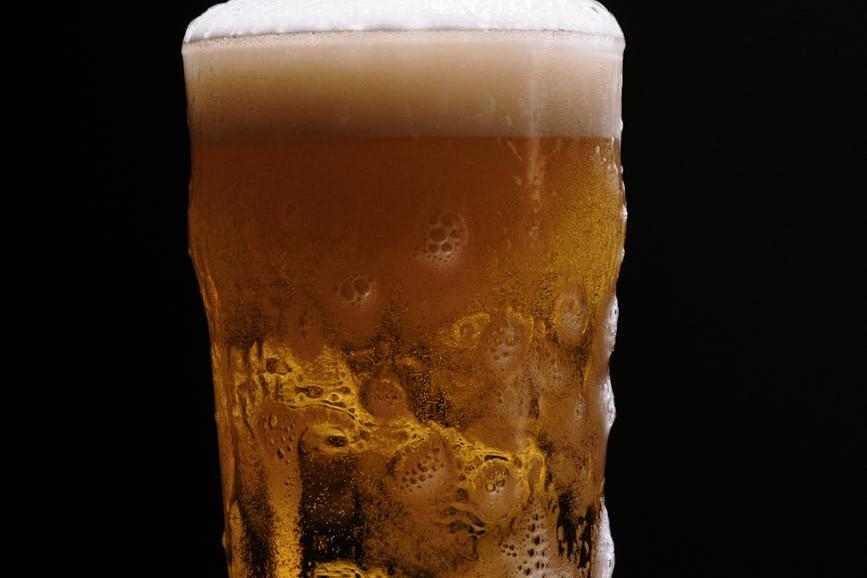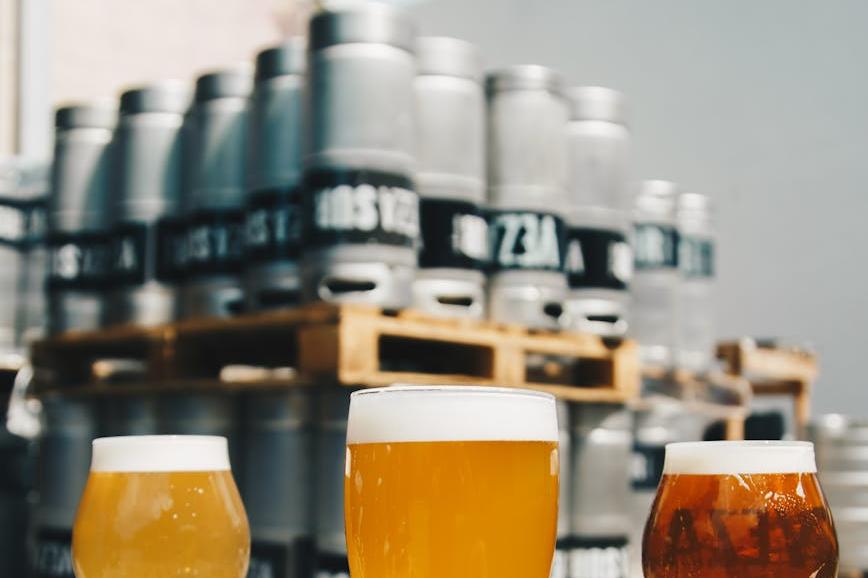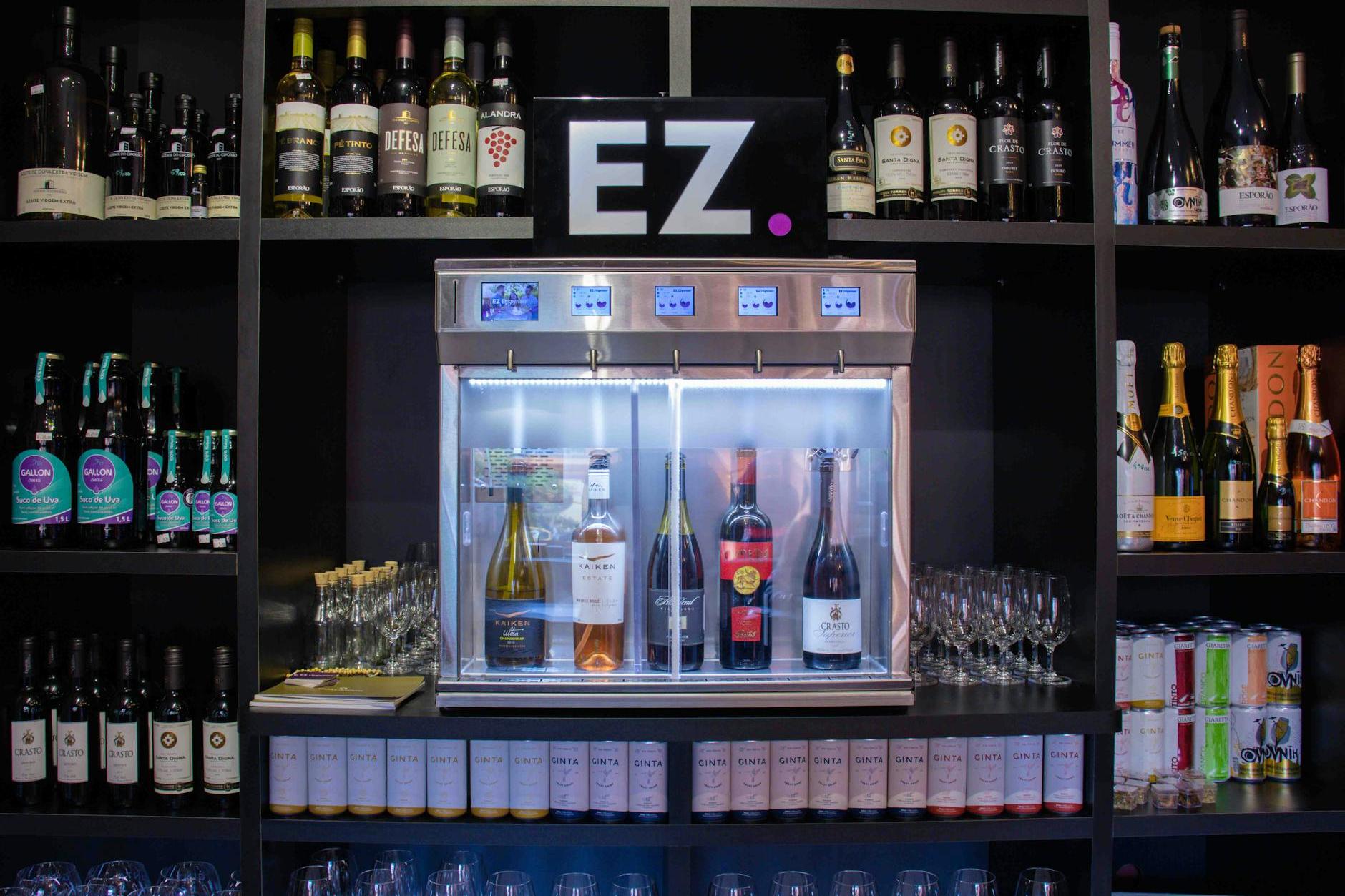- Shanghai Zhongshen International Trade Co., Ltd. - Two decades of trade agency expertise.
- Service Hotline: 139 1787 2118
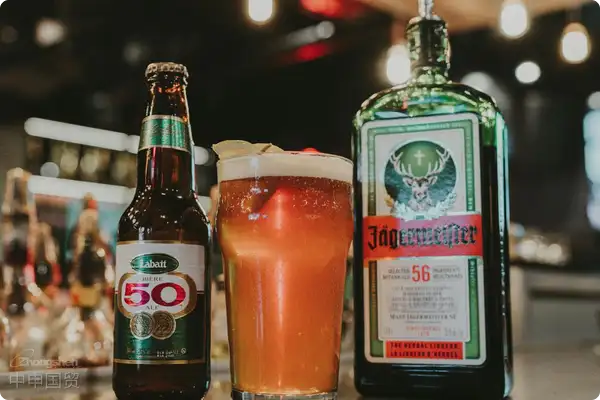
Contents
ToggleThe Three "Security Checkpoints" for Beer Imports
Last week, we just handled a case of customs clearance delay for a German craft beer brand, where an IPA shipment worth 800,000 RMB was temporarily detained by customs due to missing ingredient lists on the Chinese labels. This typical incident reveals three major hurdles that imported beer must overcome:
- Access qualification verification: It is necessary to verify whether the production factory is registered with the General Administration of Customs."List of Registered Overseas Manufacturers of Imported Food"Within
- Document Compliance Review:It is recommended to verify through the following methods:The three essential documents—sanitary certificate, filling date certificate, and health certificate—are indispensable.
- Label pre-approval system: Starting from 2025, the new electronic pre-review system for prepackaged food labels (in this case, the customer saved 15 days in customs clearance time).
The "Iceberg Model" of agency cost composition
| Project | Maritime TransportationLarge - quantity imports | Air TransportationLess - than - container - load (LCL) |
|---|---|---|
| Transportation cost proportion | 18%-25% | 35%-42% |
| Risk of port demurrage | High (requires declaration 14 days in advance) | Low (to be declared 3 days before arrival) |
| Best applicable scenarios | 2000 cartons or more of regular styles | Limited edition within 500 cases |
Five "death traps" in customs declaration
- The alcohol content declaration error exceeding ±0.5% will trigger manual verification.
- Incorrectly filling in the malt concentration may alter the commodity code (e.g., the tax rate difference between 10.1°P and 11°P is 3%).
- Fragile goods insurance does not cover the entire transportation process (a Belgian beer company lost 270,000 yuan due to a failed cargo damage claim).
- The wooden pallets were not fumigated (an entire shipment from a certain batch in 2024 was returned due to this issue).
- Promotional freebies were not declared separately (a Japanese brand was fined 20% of the goods' value for this reason last month).
Practical operational recommendations
We designed a "3+2" risk control solution for a craft beer importer, reducing their annual loss rate from 8% to 2.7%:
- Three-stage inspection
- Before loading: Randomly open boxes to check the seal integrity of the bottle caps.
- Upon arrival at the port: Infrared scanning to detect liquid stratification.
- Before shipment: Vibration test simulates transportation environment.
- Dual-channel filing
- Routine customs declaration: Suitable for bulk standard products
- Cross-border E-commerceChannel: Small-batch new products suitable for trial sales
The golden rule for product selection to avoid pitfalls
By analyzing the sales data of 1,200 imported beers in 2024, we found that:
- The 330ml specification yields a profit margin 5-8 percentage points higher than the 500ml size.
- The repurchase rate of fruit-flavored beers with an alcohol content below 5% is 1.7 times that of traditional beers.
- Canned beer with twist-off cap design has a 63% lower breakage rate during transportation compared to those with crown caps.
Final reminder: Several countries have recently adjusted their standards for beer ingredients. For example, Canada's new regulation requires that the proportion of malted barley must not be less than 60%. It is recommended to verify this on a quarterly basis.The latest technical standards database of the General Administration of CustomsMastering these practical experiences will enable you to navigate steadily in the blue ocean market of craft beer.
Related Recommendations
? 2025. All Rights Reserved. Shanghai ICP No. 2023007705-2  PSB Record: Shanghai No.31011502009912
PSB Record: Shanghai No.31011502009912
